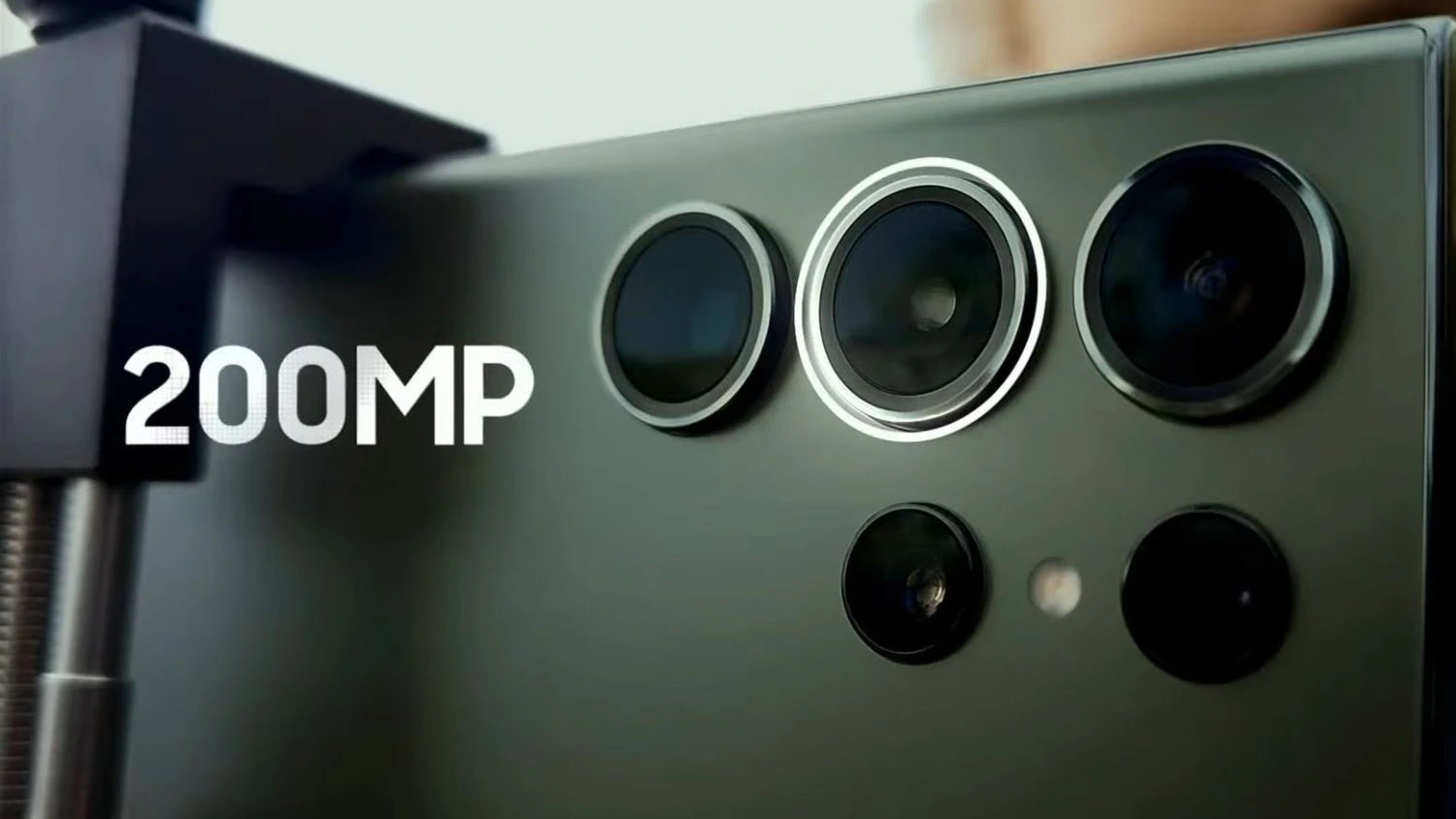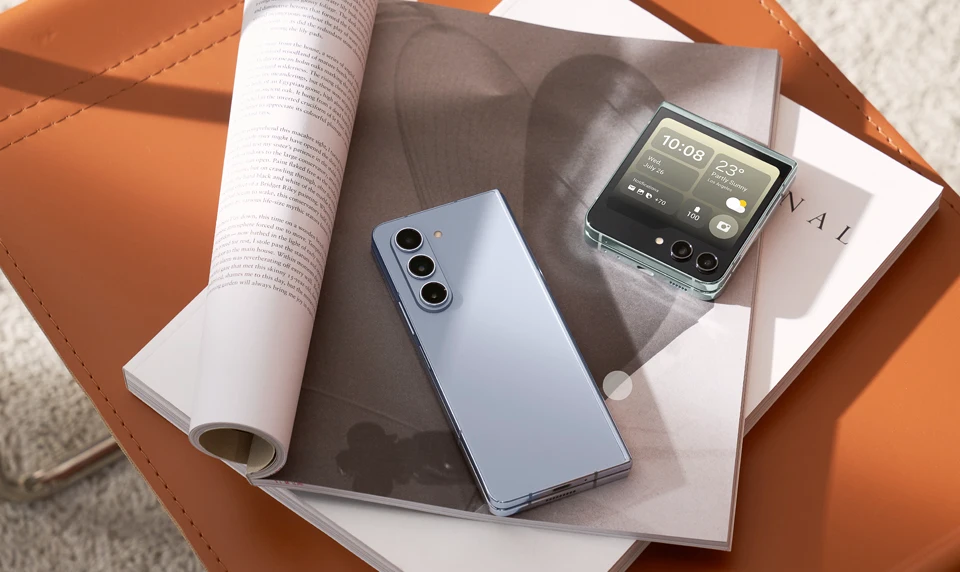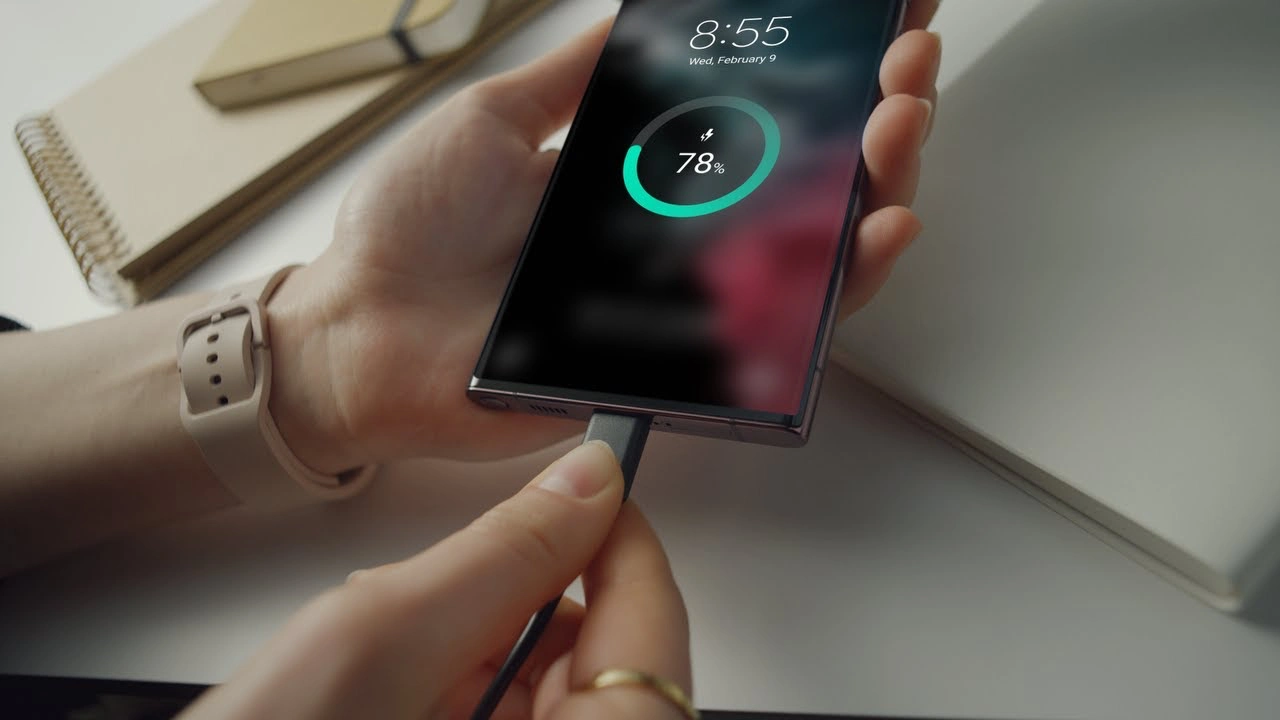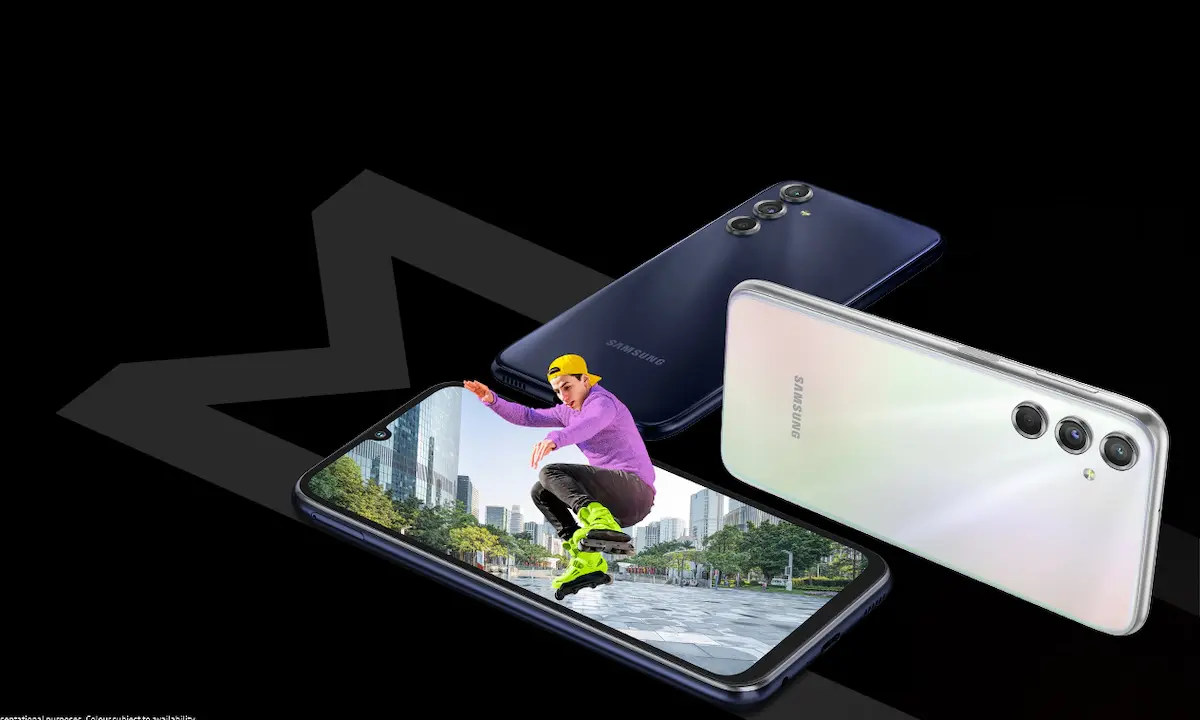News
Samsung is Working on 440MP and 1-inch Camera Sensor?

Samsung, being one of the most prosperous producers of smartphones, has come up with advanced cameras in recent years. The evolution started with the 108 Megapixel camera, which was manufactured a few years ago, and the 200 Megapixel sensor, which was unveiled this year and is used in the Galaxy S23 Ultra, which has become renowned. And now it has become huge as the firm, Samsung, has created a whole 440-megapixel camera this time, leaving everyone in a state of confusion.
This was teased by the Twitter tipster, Revegnus, who stated in his Twitter handle that there are four camera sensors that Samsung is supposedly working on. There are four of these: a 200 MP HP7 sensor with 0.7 micron pixels, a 50 MP ISOCELL GN6 sensor with 1.6 micron pixels, and a 440 MP HU1 sensor. The 200MP HP7 sensor, according to the insider, was initially planned for the next Galaxy S25 Ultra but was abandoned because of its unaffordably high manufacturing cost.
The term 200 MP HP7 here in the information sounds similar and can be expected to come with slightly bigger pixels than the 200 MP HP2 camera on the Galaxy S23 Ultra. Samsung’s first one-inch camera with a 50 MP ISOCELL GN6 sensor might provide a realistic bokeh effect and better light-capturing capabilities. The superb ISOCELL GN1 and GN2 camera sensors, which have enormous 1.6-m pixel sizes, look to be continued in the ISOCELL GN6, and the 1 inch camera will be a great competitor for its rival, Sony’s IMX989 sensor.
The ISOCELL GN6 is the sensor that may be utilized in the Galaxy S23 Ultra’s successor and may provide some enhancements. It is also expected that high-end and higher-midrange smartphones may employ the ISOCELL HP7. The 440 MP sensor could not be made for smartphones but rather for other sectors like automotive or industrial ones. Prior to now, Samsung stated that it intended to introduce camera sensors with a resolution comparable to that of the human eye, or between 500 and 600 MP. The 440 MP sensor moves them one step closer to achieving this goal.
News
Unlocked Galaxy Z Fold 5 and Galaxy Z Flip 5 getting May 2024 Security update in the US

Galaxy Z Fold 5 and Galaxy Z Flip 5 devices are counted as the top smartphones that grabbed the One UI 6.1 update in the first phase. Then, the company introduced more software updates in the form of the April 2024 security patch and is continuing it now that these devices are getting the latest May 2024 security patch as well.
The unlocked Galaxy Z Fold 5 and Galaxy Z Flip 5 are getting a May 2024 security patch
The unlocked variants of the Galaxy Z Fold 5 and Galaxy Z Flip 5 are getting a May 2024 security patch update with the firmware version numbers F946U1UES3CXE3 and F731U1UES3CXE3, respectively. The latest software update for both of the devices comes under 500 MB. With the latest update, the company has only focused on providing some security enhancements.
For your information, the May 2024 security patch has brought some new changes under the system software, where it has grabbed more than 50 fixes. Google has introduced 31 patches to enhance the overall performance of the devices, while Samsung has also added 25 fixes that will improve the functionalities regarding the Galaxy devices.
Moreover, the latest update for the Galaxy Z Fold 5 and Galaxy Z Flip 5 may also bring some new features that may enhance the overall performance and stability of the devices. So if you are having any issues while using the devices related to One UI 6.1, then the update may help you get rid of the issues.
If you are using the Galaxy Z Fold 5 or Galaxy Z Flip 5 in the US, then you should start getting a new update notification, and by tapping on that, you can easily update your device. Alternatively, you can do it manually as well by going to the software update menu in the system settings.
Follow Sam Lover on Your Favorite Social Media Platforms
News
Samsung Prioritizes Faster Charging in 2024 Smartphones

The first quarter of 2024 is already over; during this interval, Samsung has introduced several Galaxy smartphones of particular belonging, such as the flagship Galaxy S24 series, the Galaxy A55 and Galaxy A35, the mid-range ones, the Galaxy A15 and Galaxy F15, the budgetable ones, and many more. But the fact is, after being the latest smartphones, they have a lack of ‘charging speed.’
Undoubtedly, Samsung is leading the tech industry with its top-notch features, design, and larger batteries, as compared to other Android manufacturers, but despite all this, it has a massive lack of charging speed. Samsung usually attaches larger batteries to its Galaxy smartphones to enhance the users’ non-stop-using experience. But a larger battery isn’t worth it unless it has a good charging speed.
On the other hand, Chinese manufacturers are equipping their smartphones with charging speeds north of 100W, whereas 45W is the maximum speed you can get on Galaxy smartphones. However, even 45W charging is quite rare among Galaxy phones. Samsung has launched most of the Galaxy devices in the last couple of years, including the flagship with support for 25W.
Here we are making things easy for you if you are looking to buy a Galaxy smartphone that debuted in 2024 with the support of 45W charging speed by mentioning a list of devices:
- Galaxy S24 Ultra
- Galaxy S24+
- Galaxy F55
- Galaxy M55
- Galaxy C55
The list is quite short, even considering that the Galaxy F55, M55, and C55 are just rebranded variants of the same smartphone for different regions. Now Samsung is setting up to launch its next-generation foldable devices, the Galaxy Z Fold 6 and Galaxy Z Flip 6, in July, but it is yet to be confirmed whether these devices will get a boost in charging speeds from 25W or not.
News
New Galaxy Phone In Existence: Samsung Galaxy M35 5G Spots On Geekbench

The Korean brand – Samsung has recently announced its two mid-range Galaxy smartphones – Galaxy A55 5G and Galaxy A35 5G. A new benchmark listing has a spot for Samsung’s affordable smartphone, Galaxy35 5G.
Samsung is now gearing up for its next affordable Galaxy smartphone, the M35 5G, as the reports are unvunveilhey have found a new benchmark listing for Samsung the Galaxy M35 5G.
The smartphone has been spotted with the model number as an identification code – SM-M356B on the Geekbench 6.2.2 database. Not only this, but it also confirmed the presence of 6GB of RAM and Android 14 OS. The chipset also came to know which is the latest Exynos 1380.
The codename for the motherboard is also mentioned, which is ‘s5e8835.’ The reports say that it has scored 656 and 1967 points in performance scores on the benchmarking platform. Exynos 1380 is the latest chipset of the Korean brand, which is a 5 nm processor. It consists of 4 Cortex A78 cores, which clock at 2.4GHz, and 4 Cortex A55 cores, which clock at 2.0GHz. It is coupled with a Mali g68 MP5 GPU. It also has an AI Engine.
This also offers connectivity options, which include the latest Bluetooth version 5.3 and Wi-Fi 802.11 ax with three bands. It supports a camera resolution of at least 200MP for capturing images, and for video recording, there is support for up to 30fps 4K recording. The storage supported is UFS v3.1, and RAM will be of the LPDDR4x/5 type.
Samsung has recently debuted its two smartphones, Galaxy A55, and Galaxy A35; the Galaxy A35 5G smartphone is powered by Exynos 1380 chipset. From this perspective, Galaxy M35 5G could be a variant of Galaxy A35.
At the moment, no specs and features of the device have been revealed or leaked. Still, since Galaxy M series smartphones usually have a bit higher battery power of at least 6000mAh, the forthcoming Galaxy M35 5G smartphone also arrives with the same battery power.












